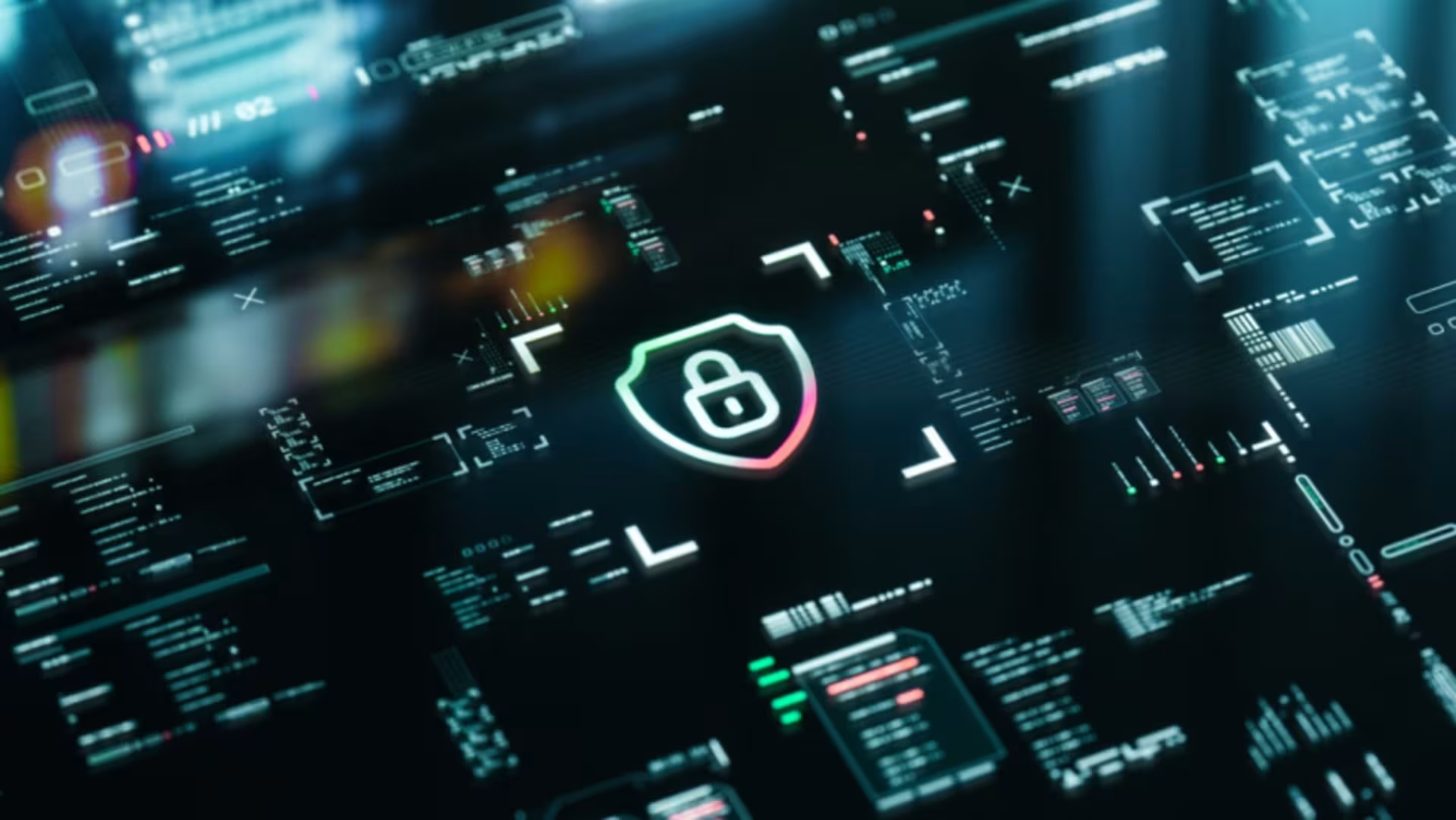Artificial intelligence (AI) is rapidly transforming industries, but this progress brings new security challenges. AI systems, unlike traditional software, are dynamic, adaptive, and often opaque, making them vulnerable to unique threats. As AI becomes more integrated into critical infrastructure and business operations, ensuring its security and reliability is paramount. Red teaming, a practice borrowed from military strategy and cybersecurity, is emerging as a crucial component of AI security.
AI red teaming is a structured process where experts simulate adversarial attacks on AI systems to uncover vulnerabilities and improve their resilience under real-world conditions. It goes beyond traditional penetration testing by mimicking dynamic threat scenarios, stress-testing model functionality, and adopting the perspective of potential adversaries to probe for weaknesses that could be exploited. The White House Executive Order on the Safe, Secure, and Trustworthy Development and Use of Artificial Intelligence defines AI red teaming as a structured testing effort to find flaws and vulnerabilities in an AI system, often in a controlled environment and in collaboration with developers of AI.
The goal of AI red teaming is to identify potential threats before malicious actors can exploit them, building robust AI systems capable of withstanding adversarial attacks. This proactive stance helps organizations ensure compliance with regulatory standards, build public trust, and safeguard against evolving adversarial threats.
AI red teaming involves several key steps. First, clear objectives for the red-teaming activity must be set. The specific AI systems or models to test should be identified, and data about the system's architecture, data sources, and potential weak points should be collected. This gathered information is then reviewed to spot vulnerabilities and attempt to exploit them. This includes testing for adversarial attacks, data corruption, biases in the training data, and evaluating the impact of these exploits. Finally, the results, including identified vulnerabilities, are recorded.
One of the primary benefits of AI red teaming is the enhancement of security. By identifying and mitigating vulnerabilities, it significantly improves the security of AI systems, making them more resilient to attacks. Regular red-teaming exercises also build trust with stakeholders by demonstrating a commitment to security and transparency. Furthermore, AI red teaming helps organizations meet regulatory requirements by ensuring their AI systems are secure and reliable.
AI red teams must be multidisciplinary. An effective team requires AI experts to address model architecture and vulnerabilities, cybersecurity professionals to tackle adversarial tactics, and data scientists to analyze risks like data poisoning or unauthorized manipulation. This combination ensures a comprehensive approach to securing the AI lifecycle.
AI red teaming must adapt to match the rapid innovation in AI. New risks will continue to emerge, so red teaming methodologies will need to be regularly created and updated. These methodologies should incorporate both automated and manual testing techniques, including methodology from NIST, MITRE ATLAS and OWASP Top 10 for Large Language Model Applications.
The future of AI red teaming will likely see increased automation and the use of advanced AI techniques to simulate more sophisticated attacks. Emerging technologies such as quantum computing could revolutionize AI red teaming by enabling more powerful and efficient simulations.
In conclusion, AI red teaming is a vital practice for enhancing the security and trustworthiness of AI systems. By proactively identifying and addressing vulnerabilities, organizations can build robust AI systems that are resilient to attacks. As AI continues to evolve, so must the approaches to securing it. Embracing AI red teaming is a crucial step in this journey.

















